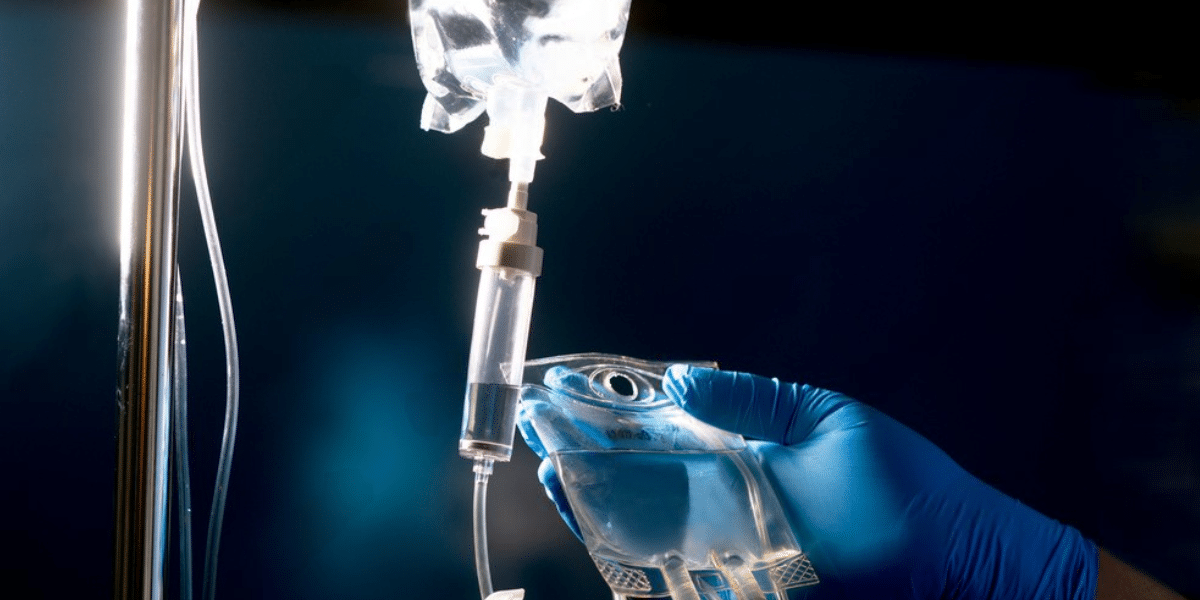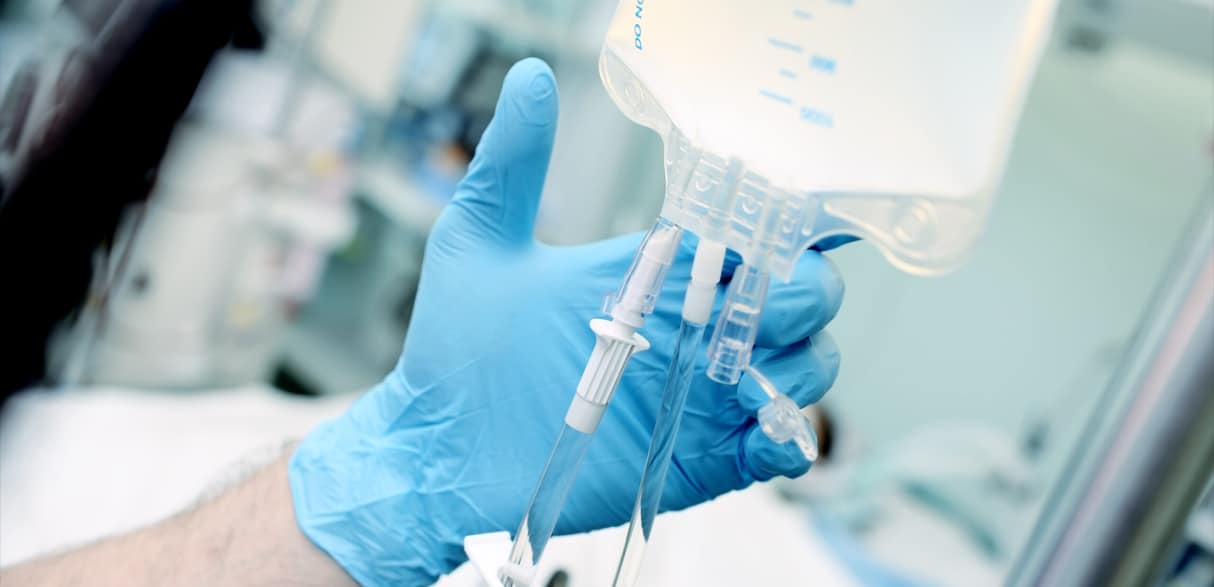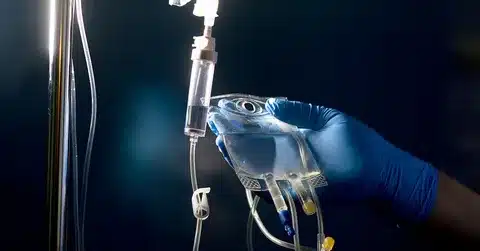Your Guide to IV Sedation Dentistry: Preparation and Procedure Explained

Are you anxious about your upcoming dental procedure?
IV sedation dentistry offers a solution that ensures comfort and relaxation throughout your treatment. Understanding what IV sedation entails and how it can benefit you is crucial for easing any apprehensions you may have.
This guide provides a comprehensive overview of IV sedation, from preparation to post-procedure care, ensuring you are well-informed and confident before stepping into the dentist’s chair.
IV sedation, short for intravenous sedation, involves the administration of sedative drugs directly into the bloodstream to induce a state of deep relaxation. Unlike local anesthesia, which numbs specific areas of the mouth, IV sedation allows patients to remain conscious but deeply relaxed, often with little memory of the procedure afterward.
This method is particularly beneficial for patients with dental phobia or those undergoing complex treatments that require extended periods in the dental chair. By exploring the preparation and procedure details of IV sedation dentistry, you’ll gain insight into how it can transform your dental experience into a more comfortable and stress-free one.
Types of Drugs Used in IV Sedation
Benzodiazepines:
- Explanation: Benzodiazepines are commonly used to induce relaxation and reduce anxiety in dental procedures.
- Role: They act as central nervous system depressants, enhancing the effects of gamma-aminobutyric acid (GABA) to produce sedative effects.
- Common Types: Examples include midazolam (Versed) and diazepam (Valium).
Propofol:
- Introduction: Propofol is a potent sedative-hypnotic agent used for its rapid onset and short duration of action.
- Benefits: It provides quick recovery times and precise sedation control during dental procedures.
- Considerations: Requires careful monitoring due to its potential for respiratory depression.
Ketamine:
- Role: Ketamine is an anesthetic agent that induces dissociative anesthesia, separating perception from sensation.
- Unique Properties: It offers analgesic effects and maintains cardiovascular stability.
- Applications: Used in both pediatric and adult patients undergoing invasive dental procedures.
Preparation for IV Sedation
Consultation with the Dentist/Anesthesiologist
- Purpose: Initial consultation is crucial to assess medical history, current health status, and suitability for IV sedation.
- Evaluation: The dentist/anesthesiologist reviews medications, allergies, and previous sedation experiences.
- Discussion: Patients discuss fears, concerns, and expectations regarding sedation and the dental procedure.
Pre-Procedural Instructions and Dietary Restrictions
- Clear Instructions: Detailed guidelines are provided regarding fasting requirements before the procedure.
- Timing: Typically, patients are advised to fast for at least 6-8 hours to prevent complications during sedation.
- Hydration: Clear liquids may be allowed up to 2 hours before sedation, depending on the anesthesia plan.
- Medication Management: Instructions regarding medication intake before the procedure, including adjustments for chronic conditions.
- Post-Procedure Plans: Overview of post-sedation recovery and arrangements for transportation post-procedure.
Importance of Preparation
- Safety: Ensures patient safety and minimizes risks associated with anesthesia.
- Comfort: Proper preparation enhances patient comfort and reduces anxiety before the dental procedure.
- Efficiency: Streamlines the sedation process, ensuring a smooth and effective dental experience for both the patient and dental team.
The IV Sedation Procedure
Step-by-Step Guide
- Preparation: Patient is positioned comfortably in the dental chair, and vital signs are monitored.
- IV Line Placement: An intravenous line is established in a vein, typically in the arm or hand.
- Medication Administration: Sedative drugs are administered through the IV line to induce relaxation and drowsiness.
- Procedure Progression: Dental treatment proceeds while the patient remains responsive but deeply relaxed.
- Monitoring: Continuous monitoring of vital signs such as blood pressure, heart rate, and oxygen levels throughout the procedure.
- Adjustments: Dosage adjustments may be made by the anesthesiologist to maintain optimal sedation levels.
Safety Protocols and Monitoring During the Procedure
- Qualified Personnel: An experienced anesthesiologist or dentist trained in sedation oversees the procedure.
- Equipment: Advanced monitoring equipment ensures real-time assessment of patient responses and vital signs.
- Emergency Preparedness: Protocols are in place to manage any potential complications promptly and effectively.
- Patient Comfort: Continuous communication and reassurance ensure patient comfort and safety throughout.
Recovery and Post-Sedation Care
Immediate Post-Procedure
- Recovery Room: The patient is moved to a recovery area to wake up under observation.
- Monitoring: Vital signs are monitored until the patient is fully awake and stable.
- Assistance: Post-procedure discomfort or nausea is managed as needed.
Post-Sedation Instructions
- Transportation: The patient must have a designated driver for safe transport home.
- Rest and Recovery: Instructions on rest and avoiding strenuous activities post-sedation.
- Hydration: Encouragement to drink fluids to flush out residual sedatives from the body.
Follow-Up Care
- Medication: Prescriptions for any post-operative medications are provided.
- Check-Up: Schedule a follow-up visit to assess recovery and dental treatment outcomes.
FAQs About IV Sedation Dentistry
What are the benefits of IV sedation over other types of sedation?
IV sedation offers deeper relaxation and quicker onset compared to oral sedatives. It allows for precise control of sedation levels throughout the procedure.
Is IV sedation safe for everyone, including children and elderly patients?
IV sedation is generally safe for most patients, including children and the elderly when administered by qualified professionals who monitor vital signs closely.
Will I be unconscious during IV sedation?
No, IV sedation induces a state of deep relaxation and drowsiness, but patients remain conscious and able to respond to commands throughout the procedure.
What are the potential side effects or risks associated with IV sedation?
Side effects may include temporary drowsiness, nausea, and dizziness. Serious risks are rare but include respiratory depression, which is closely monitored during treatment.
How should I prepare for IV sedation before my dental appointment?
Preparation typically involves fasting (no food or drink) for a specified period before the procedure to ensure the safety and effectiveness of sedation.
Understanding IV sedation dentistry empowers patients with knowledge about its benefits, safety measures, and what to expect during and after the procedure. By addressing common concerns and providing comprehensive information, patients can approach their dental appointments with confidence, knowing they are in capable hands.





